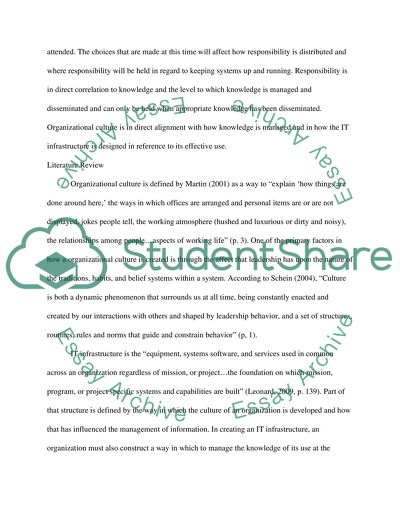Cite this document
(“Organizational culture and IT infrastructure in concurrence with Essay”, n.d.)
Retrieved from https://studentshare.org/information-technology/1428988-organizational-culture-and-information-technology
Retrieved from https://studentshare.org/information-technology/1428988-organizational-culture-and-information-technology
(Organizational Culture and IT Infrastructure in Concurrence With Essay)
https://studentshare.org/information-technology/1428988-organizational-culture-and-information-technology.
https://studentshare.org/information-technology/1428988-organizational-culture-and-information-technology.
“Organizational Culture and IT Infrastructure in Concurrence With Essay”, n.d. https://studentshare.org/information-technology/1428988-organizational-culture-and-information-technology.


